Camino del Norte: Pobeña to Castro-Urdiales
During my time in Bilbao I told everyone I met that the next morning I was walking to Pobeña. Every single person either nodded with a blank stare or straight up said “I have no idea where that is.” After my night out on the town in Bilbao, the next day was a brutal rainy solo walk where I managed to snag the very last bed at the albergue. Space was tight because of Spain’s election; half of the albergue was closed to the pilgrims.
The next morning in Pobeña started off with absolutely breathtaking views of the coast. Here is Playa de la Arena.
Playa de la Arena near the town of Pobeña.
These morning walks have a bit of a meditative quality to them where the exertion, views, and sound of the ocean coalesce into something greater than the sum of its parts. This is somewhat blunted by my insistence on listening to so many podcasts, but I feel like I’m learning, so there’s that.
The day swerved from the coast through some villages before it turned very residential. It gave a glimpse of a more suburban life neighboring the small city of Castro-Urdiales.
It was a pretty short an uneventful day of walking. I was alone the entire time. By the time I got to Castro I was pretty hungry and since it was Sunday most of the supermarkets were closed. I saw a McDonald’s as I entered Castro and in that moment he golden arches never looked more like golden arches. I rarely ate McDonald’s when I lived in the United States but I figured it would be cheap and have wifi/clean bathrooms. The burger was worse than I remember and I instantly regretted this decision. I decided this might be a turning point in my life where I’m able to be discerning about the quality of the food I eat. I probably just got a bad burger.
The city of Castro-Urdiales is not typically on the radar of travelers to Spain, but there is something really charming about it. An imposing 11th-century church sits on the top of a hill by the harbor. A medieval bridge connects to a walkway that thrusts out into the water.
If Inuits have over 50 words to describe snow, I think Spain might have 50 words to describe pork. I don’t eat pork for reasons I won’t bore you with, but it is a huge part of Spanish cuisine. A tour guide in Madrid offered an apocryphal explanation for this. According to him, during the Spanish Inquisition people wanted to be seen eating pork all the time to prove that they weren’t Muslim or Jewish. That seems a little too pat for me but it’s entirely plausible and a good story. In Castro I ordered some “bistec lomo” which Google told me was steak. Having carefully avoided carne, barbacoa, cerdo, jamon, morcilla, salchichas, panceta, and chorizo I found myself tricked by this particular menu when the waiter delivered 4 slices of pork loin onto my plate. I ate the eggs, side salad, and papas fritas that accompanied the pork loin. Not wanting to offend this server that I would never see again, I cut the pork loin into small pieces like a child pretending to have eaten their vegetables. I followed up my unsatisfying meal with ice cream.
When your days walking for several hours at a time, arriving at a tiny village with no supermarket is immensely rewarding because you are one more etapa (stage) closer to Santiago. It’s even better when those villages have medieval architecture and beaches. Seeing a church that’s several hundred years older than the USA provides some invaluable historical perspective.





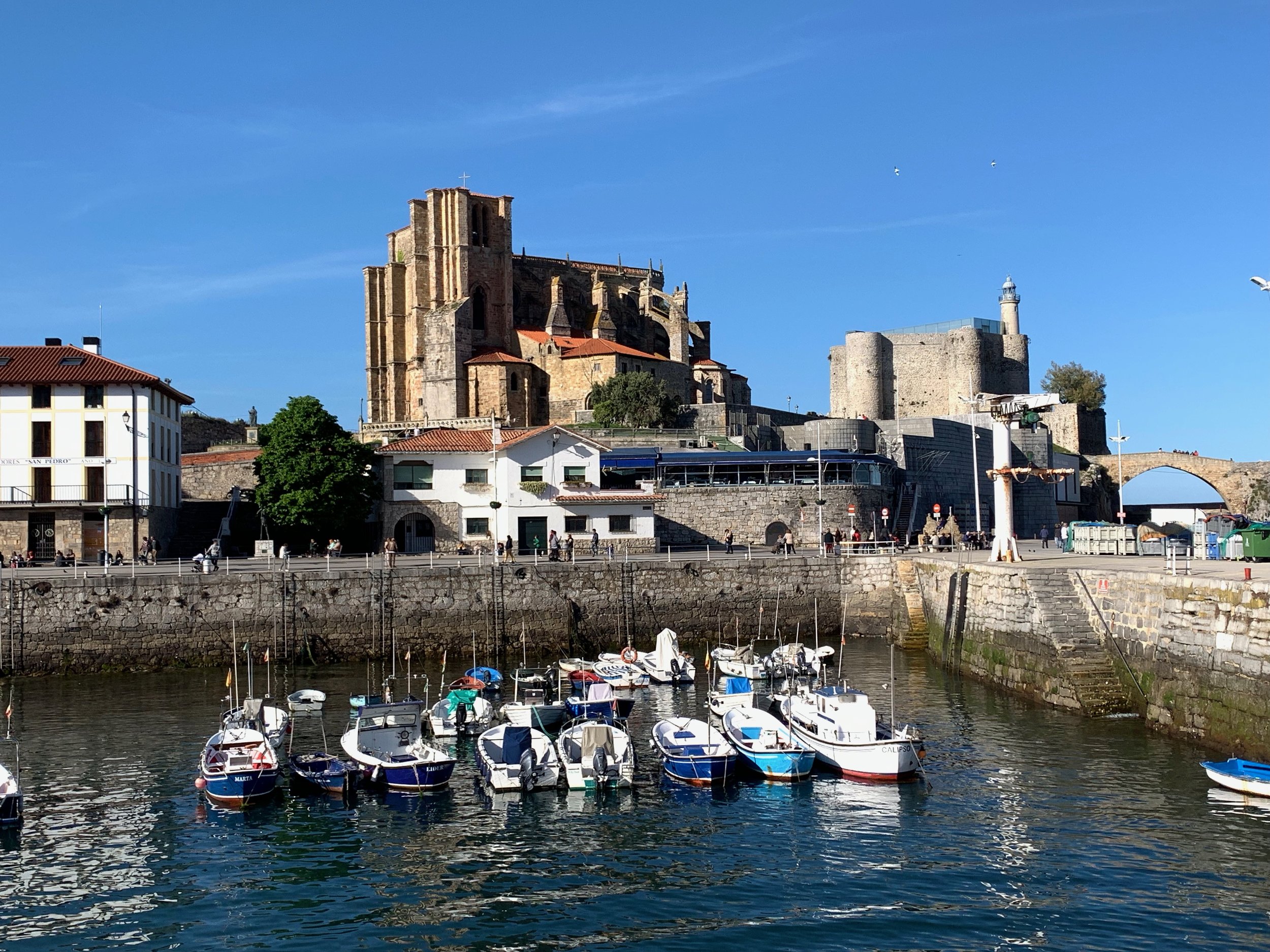



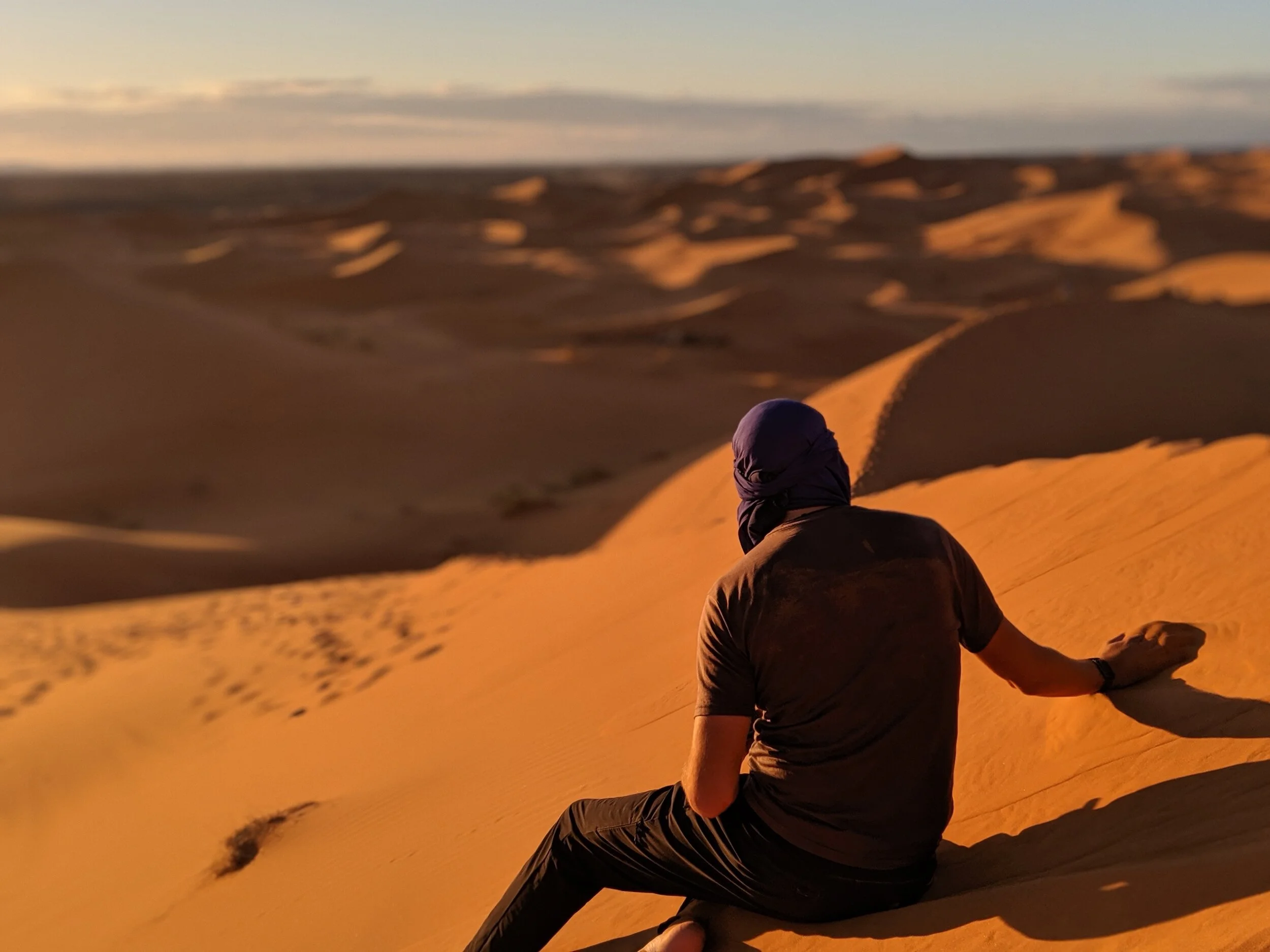



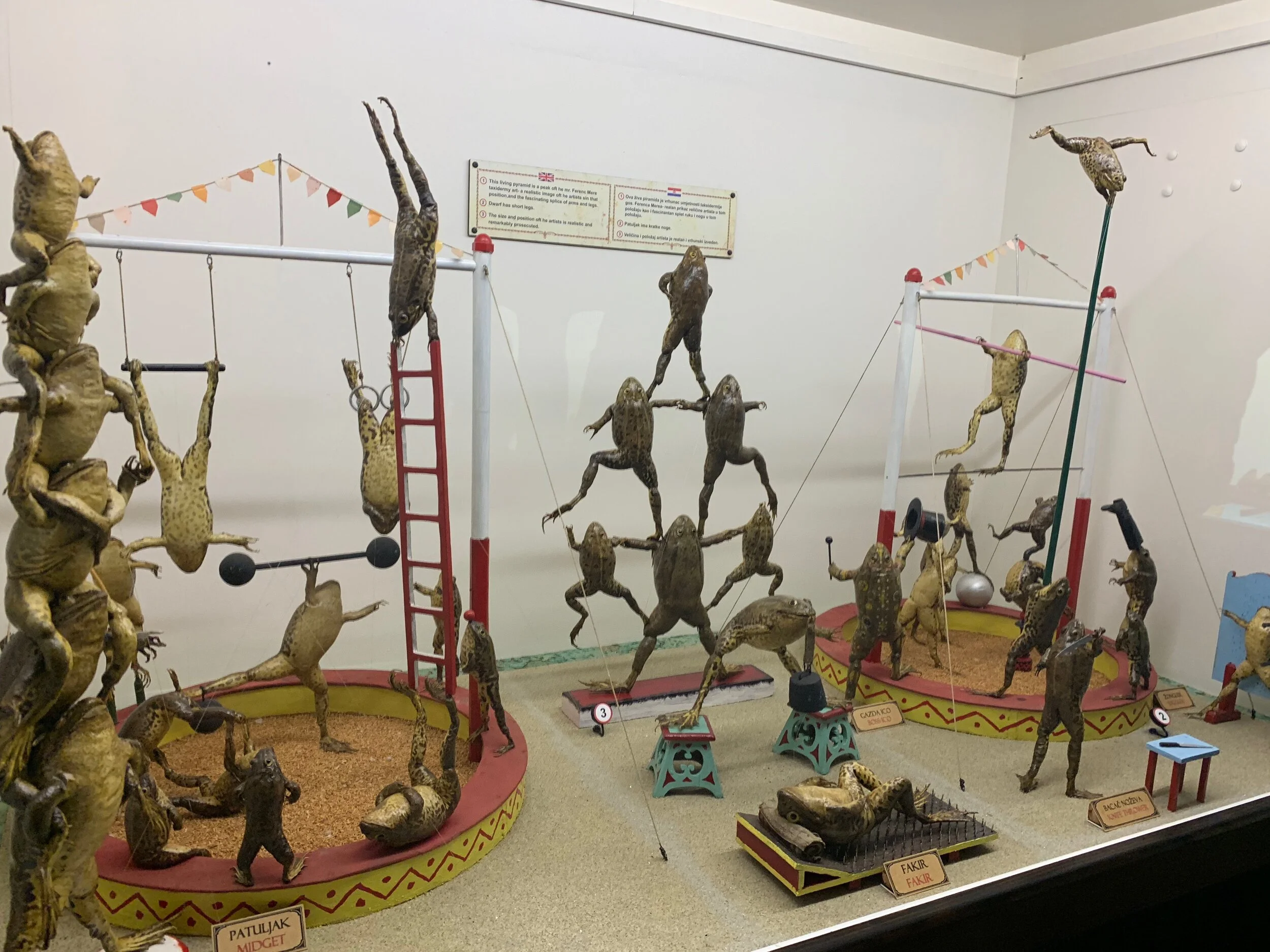
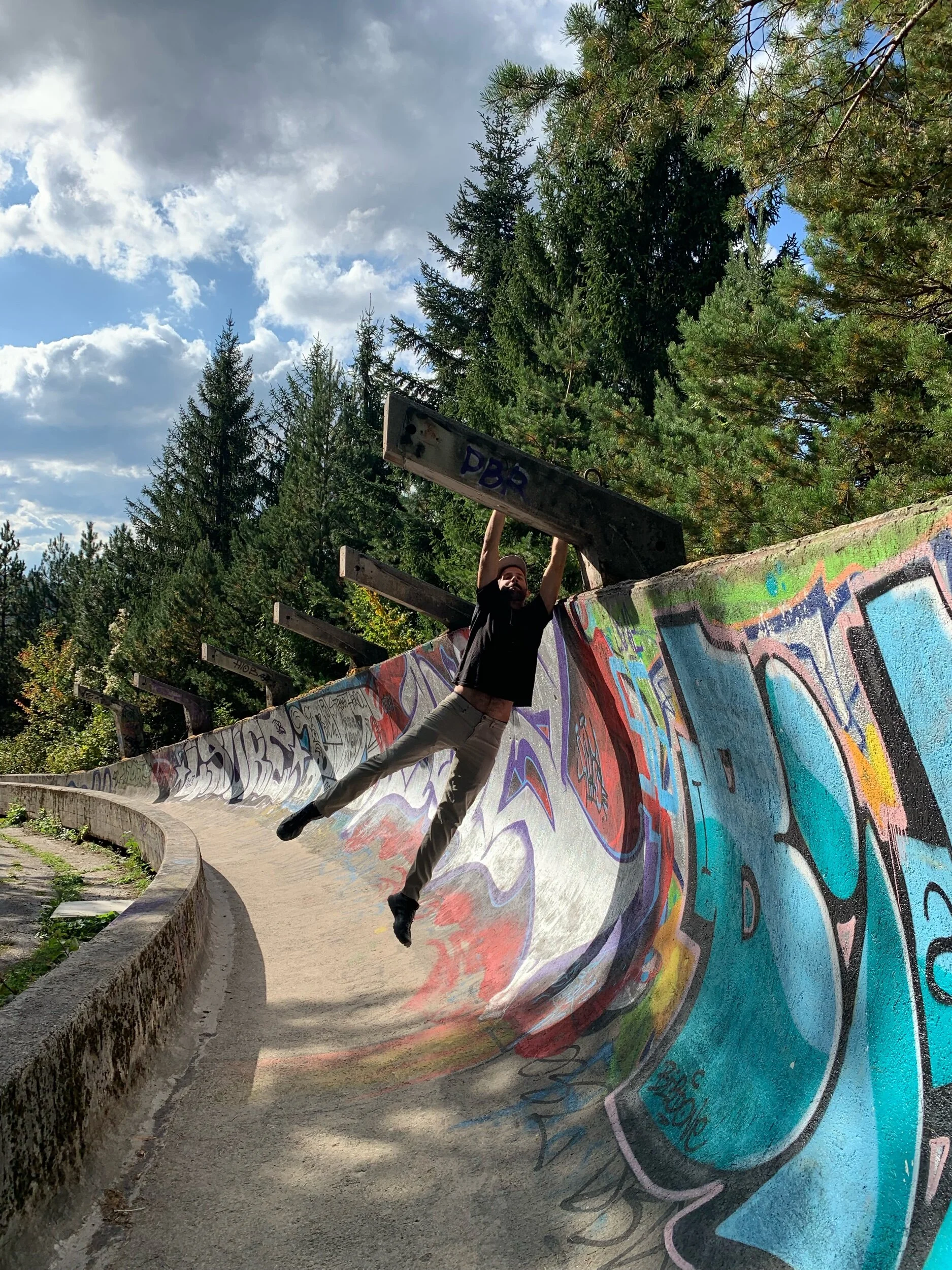
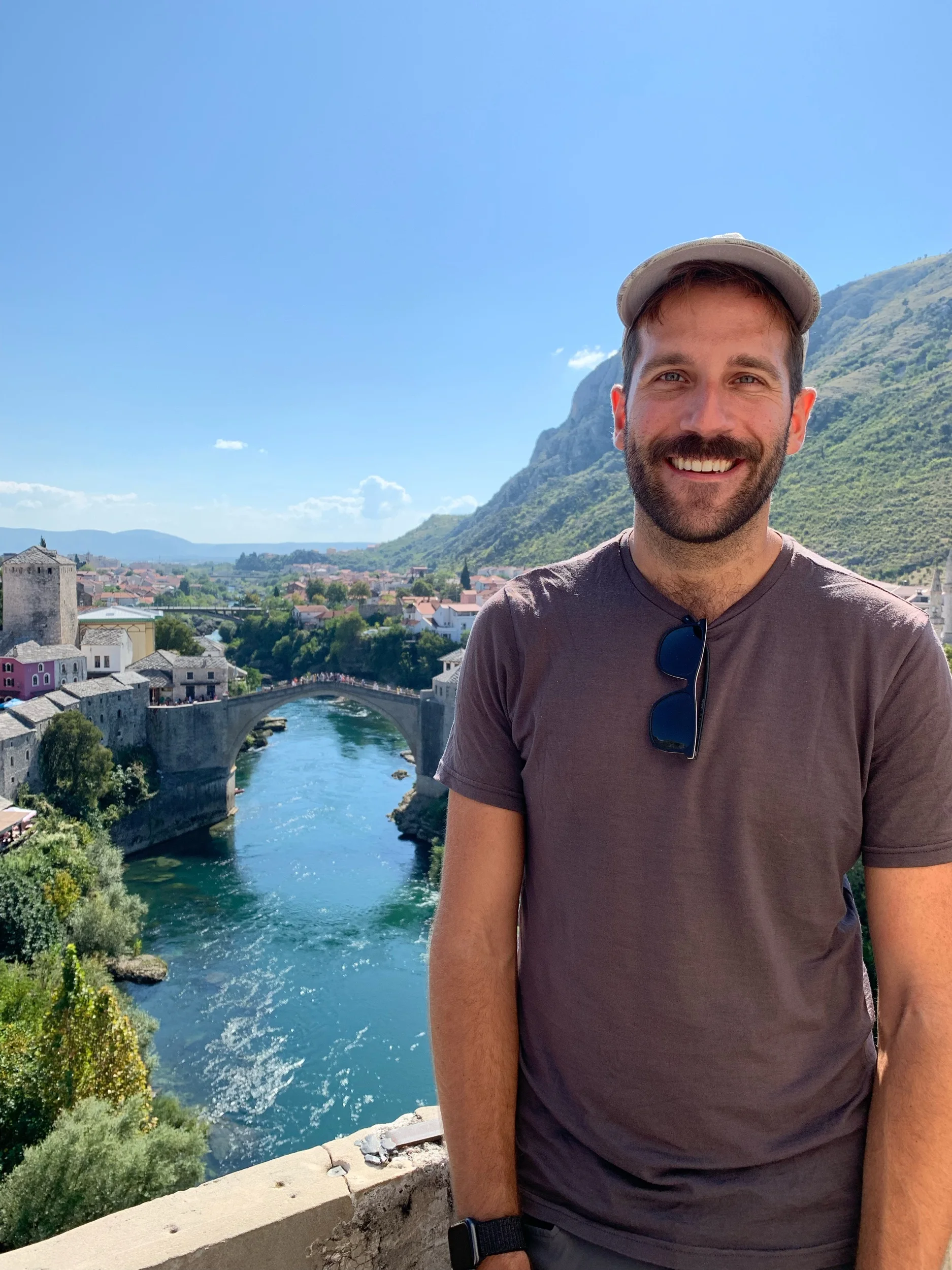
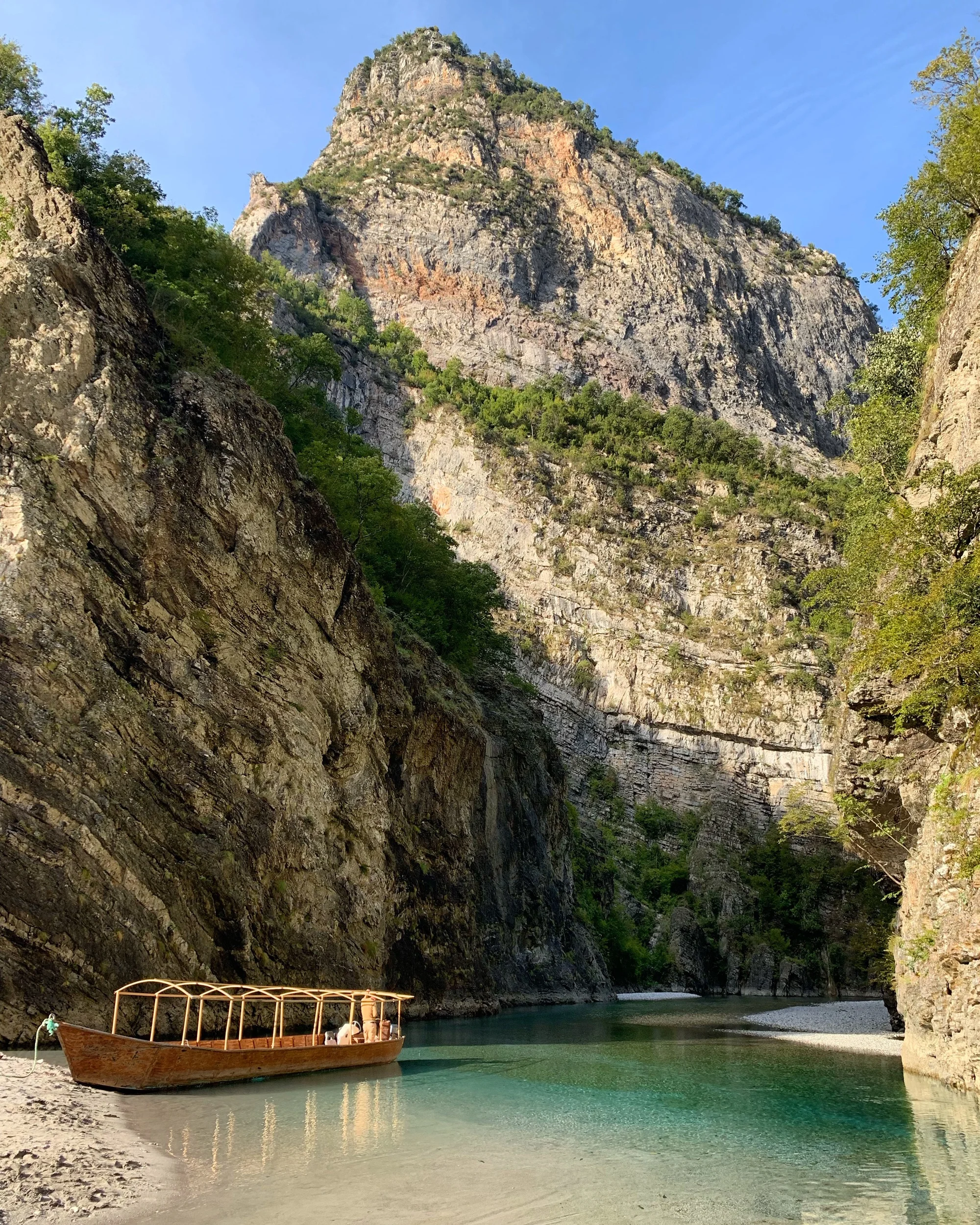
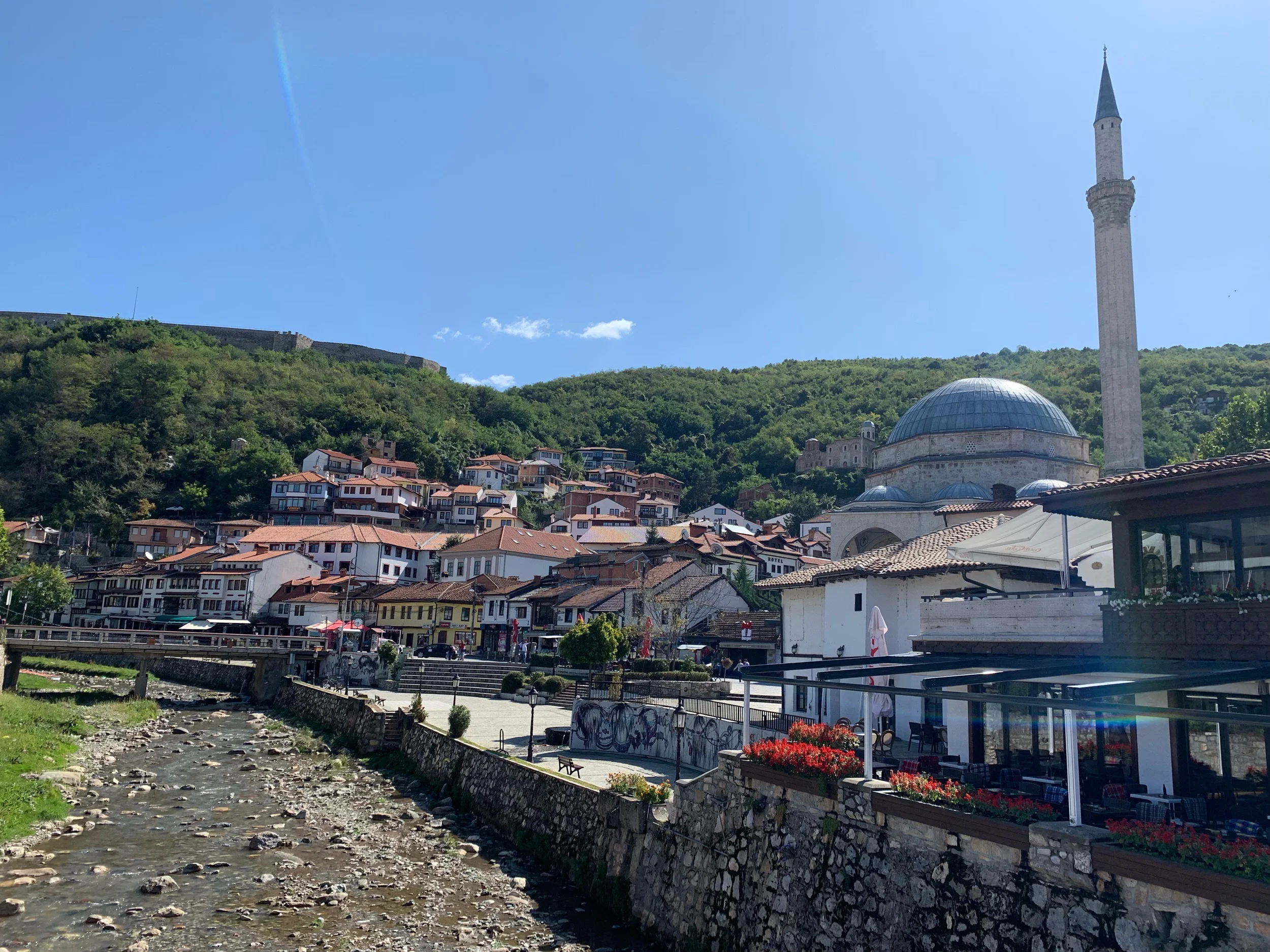
A must for history junkies